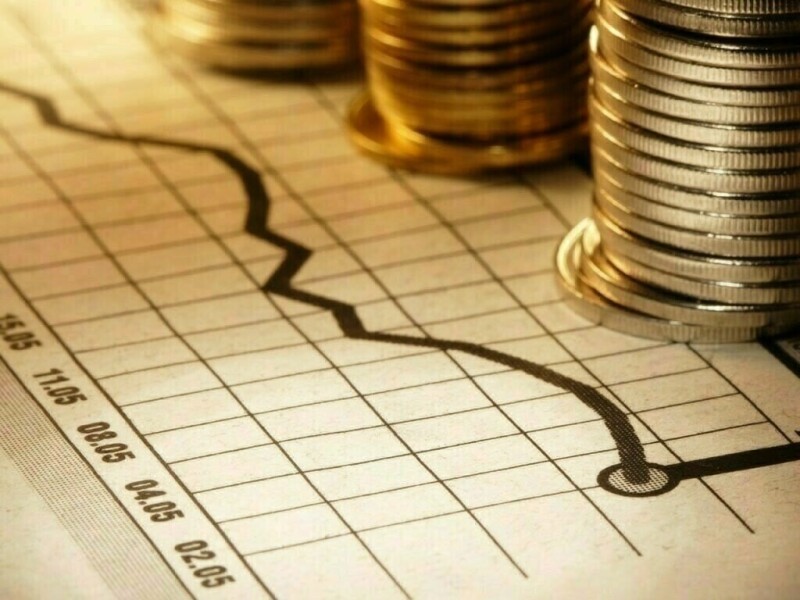ISLAMABAD: The Economic Policy & Business Development (EPBD) think tank has urged for an immediate and substantial cut in the policy rate, warning that the current interest regime is choking economic growth and draining public finances.
Chairman EPBD Gohar Ejaz proposed a phased reduction to 6 percent by the end of 2025, aligning Pakistan with regional benchmarks and paving the way for a manufacturing and export revival.
With inflation now below 5 percent and interest rates standing at 11 percent, Ejaz argues that Pakistan’s monetary policy is dangerously out of sync with economic realities— fuelling excessive debt servicing costs and stifling industrial competitiveness.
Ejaz emphasized that 100 percent of domestic bank deposits are currently invested in government securities, making the government the largest borrower from the banking sector. With inflation hovering below 5 percent, he argued that the policy rate of 11 percent is unjustifiable, and is resulting in excess interest payments of approximately Rs 3.5 trillion annually— a cost borne by taxpayers to the benefit of commercial banks.
“How does paying higher interest from taxpayers’ money to banks control inflation, when consumer and mortgage borrowing in Pakistan remains negligible,” Ejaz questioned, highlighting the disconnect between monetary policy and its intended outcomes.
He further noted that Pakistan’s interest rate is nearly double that of regional competitors—India at 5.5 percent and China at 3 percent—making it difficult for local industries to compete globally. The high cost of capital, coupled with elevated electricity tariffs and import dependency, has stifled manufacturing and export-led growth.
“Reducing the interest rate would not only cut domestic debt servicing costs by half but also stimulate business activity, create jobs, and make Pakistan competitive in global markets,” he asserted.
With unemployment at 22 percent and industrial activity subdued, Ejaz urged the SBP’s Monetary Policy Committee to prioritize economic revival. He also dismissed concerns that lower interest rates would trigger instability, citing the 2022 boom-and-bust cycle as driven by external shocks—not domestic monetary policy.
Copyright Business Recorder, 2025


